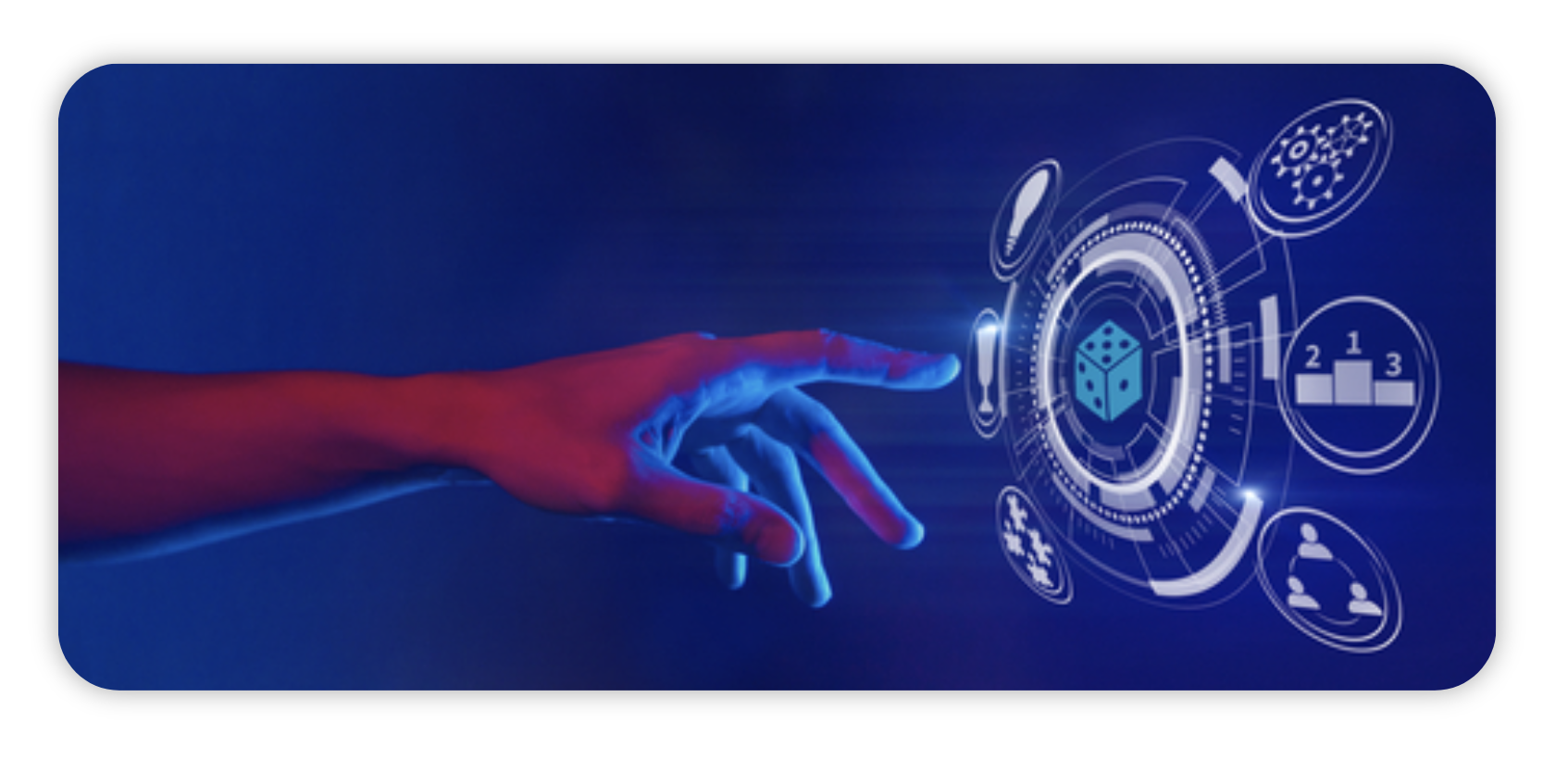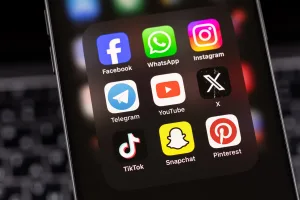Have you just launched your brand or are you heading up a marketing team? You’ve probably already heard of gamification. It’ all about incorporating playable, interactive mechanics into your marketing campaigns. This innovative technique stimulates the commitment of your prospects and customers. The ultimate aim is to better your marketing objectives.
But what exactly is gamification in marketing and how do you get started? In this article, we present the main levers you can use to gamify your speaking engagements. We’ll also look at some practical advice on how to get started.
What is gamification?
Gamification is a process that involves integrating playful and interactive mechanisms into brand communications. Here, we will focus on its application in marketing. But gamification can also be applied to training, recruitment, etc.
The concept of gamification was first theorised by Gabe Zicherman, a Canadian-American author, lecturer and businessman. He was an advocate of the use of game mechanisms in business, education and other fields. For him, the structural elements of the game could be apllied to all professional sectors.
The ingredients of marketing gamification
The first reason for this is that the game has a final objective. It is a quest that will guide all the player’s actions. The simple fact of introducing gamification element therefore makes it possible to give meaning to any task. It also increases the intrinsic motivation of the participants. This lever responds to our need to be part of something bigger, but also to surpass our own abilities.
This is the second ingredient of gamification: competition. Participants are encouraged to test their skills and even compete against other players. Here again, the challenge helps to engage players, motivation them to go all the way, and even repeat the same task.
And all with the prospect of winning a reward, whether material or symbolic, immediate or deferred. This is the final performance factor in gamification. Rewards help to capture attention, engage and motivate users to take part in an experience.
What are the uses of marketing gamification?

Applied to marketing, the concept of gamification transforms the interactions between a brand and its prospects/customers. This strategy involves incorporating the ingredients of a game (the mission, the challenge and the reward) into the messages and content shared by companies.
For example, a company can:
- Gamify the shopping experience by offering rewards for every order placed on the site.
- Gamify your acquisition process by creating marketing competitions. after completing a specific (often creative) task, prospects can win attractive prizes (discount vouchers, free gifts, etc.).
So we can see that gamification in marketing can be applied everywhere. It can easily be applied to all business sectors and at every stage of the customer journey. Major bands such as Starbucks and Airbnb have integrated gamification levers into their marketing strategy. The aim is to increase and optimise interaction with their audience. The first is via their loyalty program, and the second is to encourage users to complete their profile.
The benefits of gamification for boosting your marketing strategy
The main attraction of gamification in marketing is that it makes contact between the brand and its customer/prospects much more fun, and therefore memorable. The whole point for companies is to strengthen the relationship with their audience by creating a stronger, more emotional and differentiating bond.
Unlike a static advertisement or a promotional post on social networks, the brand offers its audience the chance to interact with it, through a playable and therefore fun experience. This has a number of benefits for companies, including
improved visibility
Playable formats capture consumers’ attention more easily. Not only because they are different from what they are used to, but also because they can unlock rewards.
Greater user engagement
In a context where consumers are exposed to hundreds of advertisements a day, gamification makes it possible to create a memorable customer experience. it encourages users to interact with brand content. This can be done by encouraging them to make part in a game, to progress within a loyalty program, etc.
Increased conversion and retention rates
A recent study shows that gamification can increase conversion rates by 8%. Gamification encourages action and can help brands to create a sense of urgency. With time-limited discount vouchers, for example. It’s also a way of building loyalty. Through a gamified VIP programme, for example, which subtly encourages the brand’s customers to buy from it.
A better understanding of its customers

How do you get started with gamification marketing?
To gamify your marketing campaigns, we recommend you follow these steps;
1. Define these objectives. Gamification can be used at all stages of the customer journey. But to start with, it can be effective to focus on the most strategic points of the company. For example, the main commercial challenge may be to retain existing customers. in this case, gamification can be used to create and optimise the loyalty program.
2. Look at what the competition is doing. A little benchmarking of good gamification practice in your sector and other verticals can inspire companies and provide them with concrete examples to re-use in their own strategy.
3. Create personalised experiences. With Socialshaker, companies can easily choose the gamification mechanisms they want to integrate into their communications and adapt them to their graphic universe.
4. Choose attractive rewards. The strength of gamification also lies in the desirable nature of the prizes on offer.
5. Take care with your distribution strategy. To achieve their objectives, gamified experiences need to reach their target audience. An omnichannel strategy (on site, in-app, but also on social networks and via advertising banners) can boost the reach of interactive content.
6. Analyse performance and A/B test. The last stage consists of collecting feedback, analysing the metrics of your campaigns and repeating, improving where necessary.
Gamification is the secret weapon of brands that gain visibilty, effectively engage their audience, convert and build customer loyalty. To get started and make your brand experience more interactive, simply customise and share a marketing competition. Discover our catalogue of interactive experiences and choose the mechanism that best matches your strategic objectives and your audience’s expectations!





